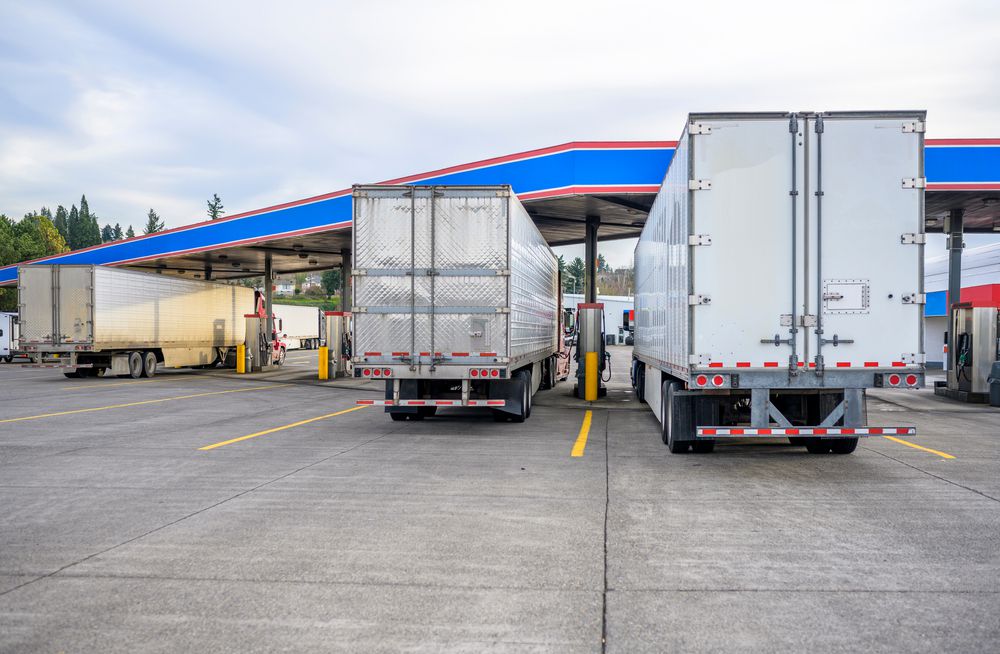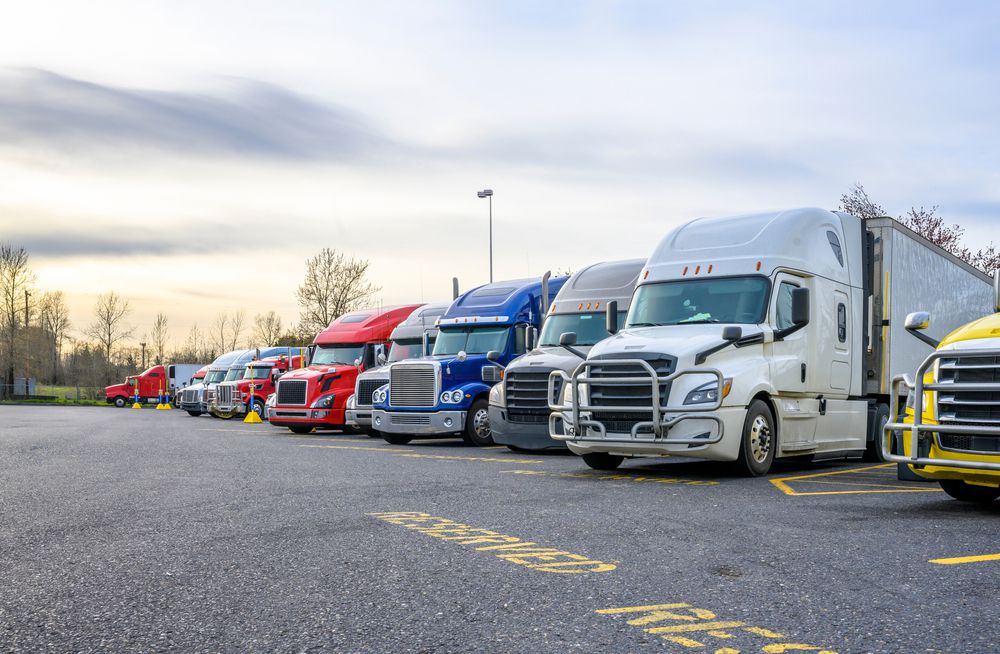Best Practices For LTL Shipping
Generally, following LTL shipping best practices can make deliveries simpler and smoother. Less than truckload shipping has proven to be a significant and cost-effective option to move somewhat small amounts of freight. However, the demand for LTL capacity is high and sometimes higher than the supply – unfair right? Well, this often affects shippers who don’t know how to prepare LTL freight. So, knowing when to use LTL shipping and knowing the best practices of LTL shipping can help in avoiding such situations.
Also, being able to make your freight more attractive to the carriers may help you land a place in an LTL trailer. This is why understanding the best practices of LTL shipping is very essential to every shipper. Not to worry, we’ve got you covered. In this blog, we provide a list of guidelines and tips for successful LTL shipping in Toronto. Before proceeding, let’s review LTL shipping for the first-timer shipper.
What is LTL Shipping?

The less than truckload (LTL) shipping is much like a scenario where you want to attend a concert that is already sold out. Typically, there are many options to gain spots at such a concert but knowing which option is cost-effective helps.
Would you like to purchase tickets on the secondary market and pay a premium? Or to look for leftover single tickets and not sit together? Or maybe opt for a standing room only? Sometimes there is more freight requiring LTL delivery than there is available capacity. However, even when there is an imbalance between demand for LTL and supply, options exist to move freight cost-effectively.
For most cases, shipping an item from one point to another doesn’t require an entire truckload, container, or railcar. In this case, moving your cargo by renting a full truckload from a trucking service may not be the best option. The meaningful alternative is to have your package combined with other freight for shipment to the same final destination. This is what LTL shipping in Toronto is all about.
There are various ways to obtain a suitable LTL truck at a decent rate. Before we explain the best practices for LTL shipping, let’s take a look at how LTL shipping works.
How Does LTL Shipping Work?
LTL cargo typically consists of shipments from individual customers that cannot fill a standard container or trailer. These customers then combine goods with other shipments to fill and efficiently utilize available space for transport.
LTL shipping is common in the household goods moving industry. An example is when people moving out of state don’t have enough stuff to fill up the truck. Thus, prompting the moving company to combine their loads with those of other customers travelling in the same direction.
Best Practices For LTL Shipping
The best practices for LTL shipping revolve around the following three (3) factors:
- Consider your weight and dimensions
- Understand different tariffs
- Consider different carriers.
Consider Your Weight and Dimension

How you package your freight can save you some money. Typically, LTL shipping freight rates are partially determined by the weight and dimensions. However, this means you’ll be paying less per pound if your freight weighs enough to qualify for a weight discount.
Also, if it’s possible to combine shipments, you can save overall. This is because you’ll pay less per pound on the combined freight than shipping loads separately. If you have used LTL shipping in the past, then the freight class significance is not a secret to you.
In the same vein, shipment density carries a huge part of the carrier’s tariff. Large and lightweight freight is hard to plan for, so it costs more to ship these types of freight and it is not first priority for LTL carriers. Combining your loads is also a good way to save on the per-pound price. Additionally, to protect your freight in transit and gain efficiency in loading time, crate or palletize your freight shipments.
One of the best practices for LTL shipping is to arrange your package in a cubic-shape. If your load fits on a pallet, you can use the pallet’s dimensions, plus the combined height and weight of the pallet and freight to determine the load’s density
Understand Different Tariffs
Ensure to understand all information given by your trucking and freight delivery company. This will help you understand their freight tariff/ and how it works. This includes fitting in the carriers’ preferred weight limits, and not making additional requirements a surprise to the driver.
Be sure that you fully understand the implications of the tariffs, prices, and if possible, additional fees per freight weight or dimensions. This way, you can estimate and prepare for the cost of LTL shipping via a trucking service in Toronto and the US.
Carriers often change their tariffs based on the latest freight classifications and destination, and these will factor into the prices they charge to deliver LTL shipments. They are not required to publish these tariffs, but the law says that they must provide them to shippers who request them.
Here at All Freight Shipping, our tariffs for LTL shipping differ based on destination. Some of our common routes include:
- Vancouver to Toronto
- Montreal to Toronto
- Calgary to Toronto
- Edmonton to Toronto
- New York To Toronto
- California to Toronto
- Dallas to Toronto
- Chicago to Toronto
- New Jersey to Toronto
Consider Different Carriers

There is always a difference in how every carrier defines its pricing for the same freight. Ultimately, these tariffs revolve around freight density, class, weight or dimensions. Furthermore, shippers can find small, lesser-known carriers in a given region that will provide optimal pricing. Most especially if the shipment is confined to a certain geographical area.
On the other hand, shipments intended outside a carrier’s regular service area may be difficult to move. However, most carriers often require the trucking company to transfer the freight to another LTL carrier for final delivery. This is known as interlining, and it usually adds to the shipper’s overall cost as well as delivery time.
Also, to be able to assess the diversity in pricing, it’s best to try different LTL carriers. Aside from gaining more experience, It gives you more flexibility in terms of shipment planning and cost-saving. Also, it enhances your chance of getting the necessary capacity for your freight.
Conclusion
In conclusion, the key to successful LTL shipping is getting shipment information as accurately as possible. Also, understanding when to use LTL shipping, and how to manage your LTL freight are key factors.
Following our outlined best practices above will help you kickstart your way to successful LTL shipping without stress. Here at All Freight Shipping, we’ve got the resources to help with all of your LTL shipping and trucking needs. Therefore, we can quickly consolidate your freight with other cargo to make sure that it gets to the destination as fast as possible. Call +18662009989 or contact us to get a quote today!



